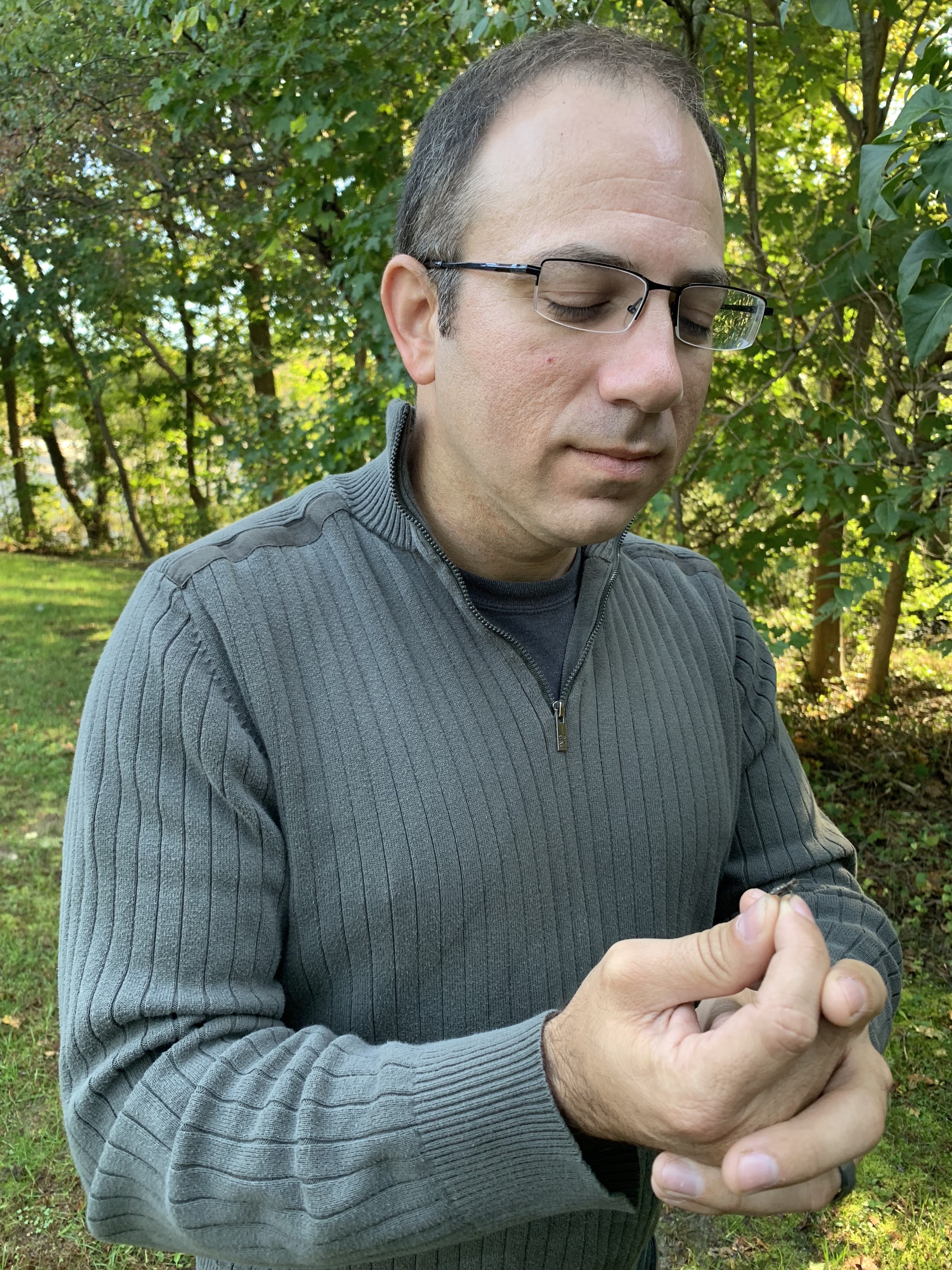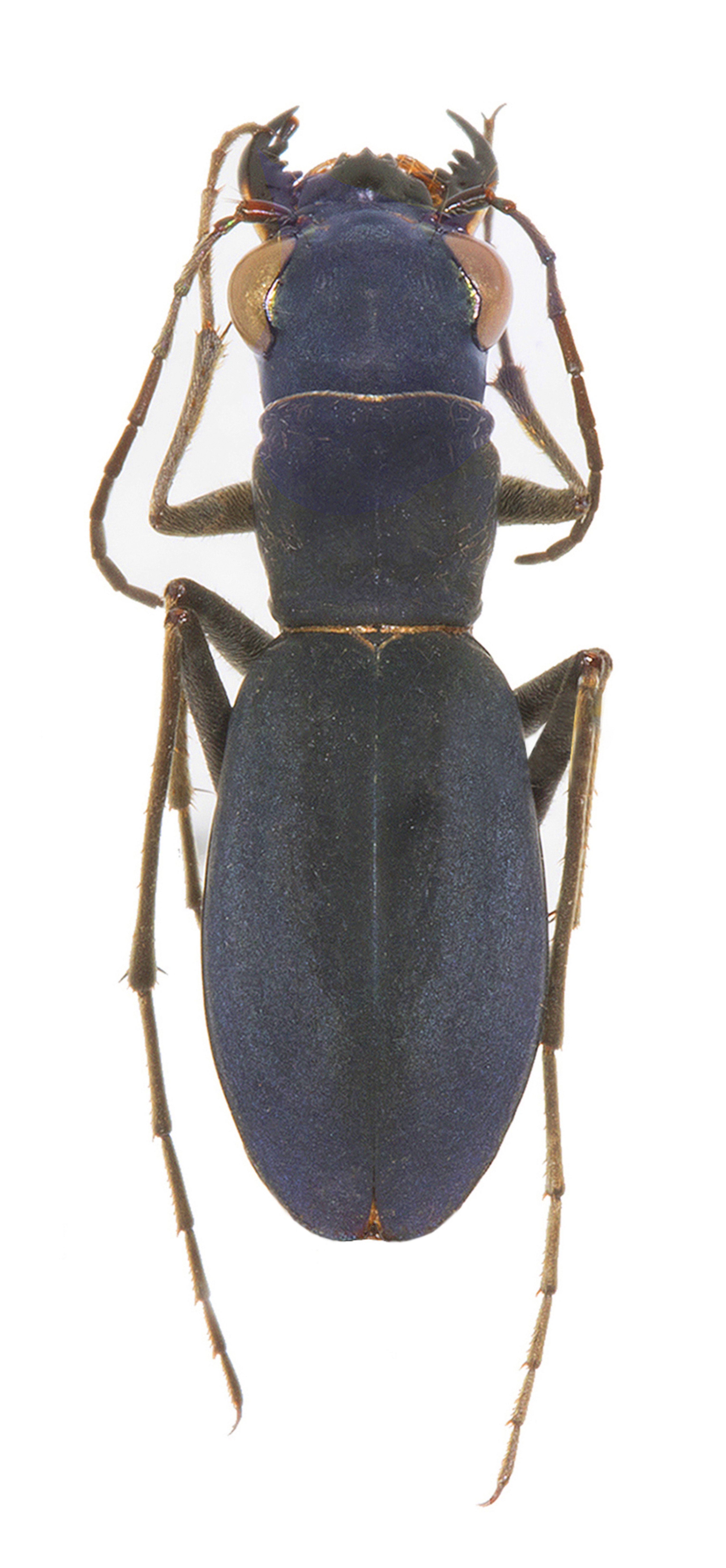Rowan faculty member devises new method for discovering biodiversity, finds four new species of tiger beetle
Rowan faculty member devises new method for discovering biodiversity, finds four new species of tiger beetle

Dr. Daniel Duran, a lecturer in the newly created Department of Environmental Science in the School of Earth & Environment is, among other things, one serious bug man.
Duran, a world-renowned scholar on the fearsome group of insects known as tiger beetles and co-author of A Field Guide to the Tiger Beetles of the United States and Canada, has led a study into identifying new species of creatures that last month was published in the Zoological Journal of the Linnean Society, a highly selective journal that once published naturalist Charles Darwin (and where he became an honored Fellow) during his historic quest to identify various species of plants and animals.
Darwin’s 19th Century work studying and cataloguing a great many varieties of plants and animals eventually led to his formulation of theories on natural selection and evolution that remain central to a wide swath of scientific pursuits today.
Of course, Duran’s study was a bit more high-tech than Darwin’s observational approach.
His article, “Cryptic diversity in the North American Dromochorus tiger beetles (Coleoptera: Carabidae: Cicindelinae): a congruence-based method for species discovery,” developed an objective, accurate and repeatable method to discover hidden biodiversity.![]()

Adopting a process dubbed “taxonomic congruence,” Duran and his co-researchers combined different kinds of molecular data with statistical analysis of body structures and ecology to identify potential new species.
“Sometimes you think you are working with only one species but there can be many similar ones,” he said of the tiger beetles, a group of fast-running predators that is popular with insect collectors and amateur naturalists. “So how do you know they’re different? We use a number of different genetic markers to identify lineages, which we then examine with four other tests, including ecological specialization. If a majority of tests find a lineage to be distinct, we would call them a species.”
Using this method, Duran and his colleagues discovered four new species of North American tiger beetles. Previously, only six new species were discovered in the last 50 years.
Duran, who this year joined Rowan as a lecturer, also runs nature programming for Scotland Run Park in Clayton and will be developing nature-based programming and coursework for students and the public at the Jean & Ric Edelman Fossil Park in Mantua Township.
His tiger beetle study largely took place in Texas where the bugs, which aren’t aggressive toward humans, love to feast on invasive fire ants.
“Tiger beetles are vicious predators,” he said. “If you’re an ant, they might be the last thing you’re going to see.”
Significantly, he said, it wasn’t the discovery of four new species of beetle per se that resulted in the publication of his study but the manner in which he and his co-investigators conducted it.
Said Duran, “this study gives scientists another approach to cataloging species and uncovering hidden biodiversity.”